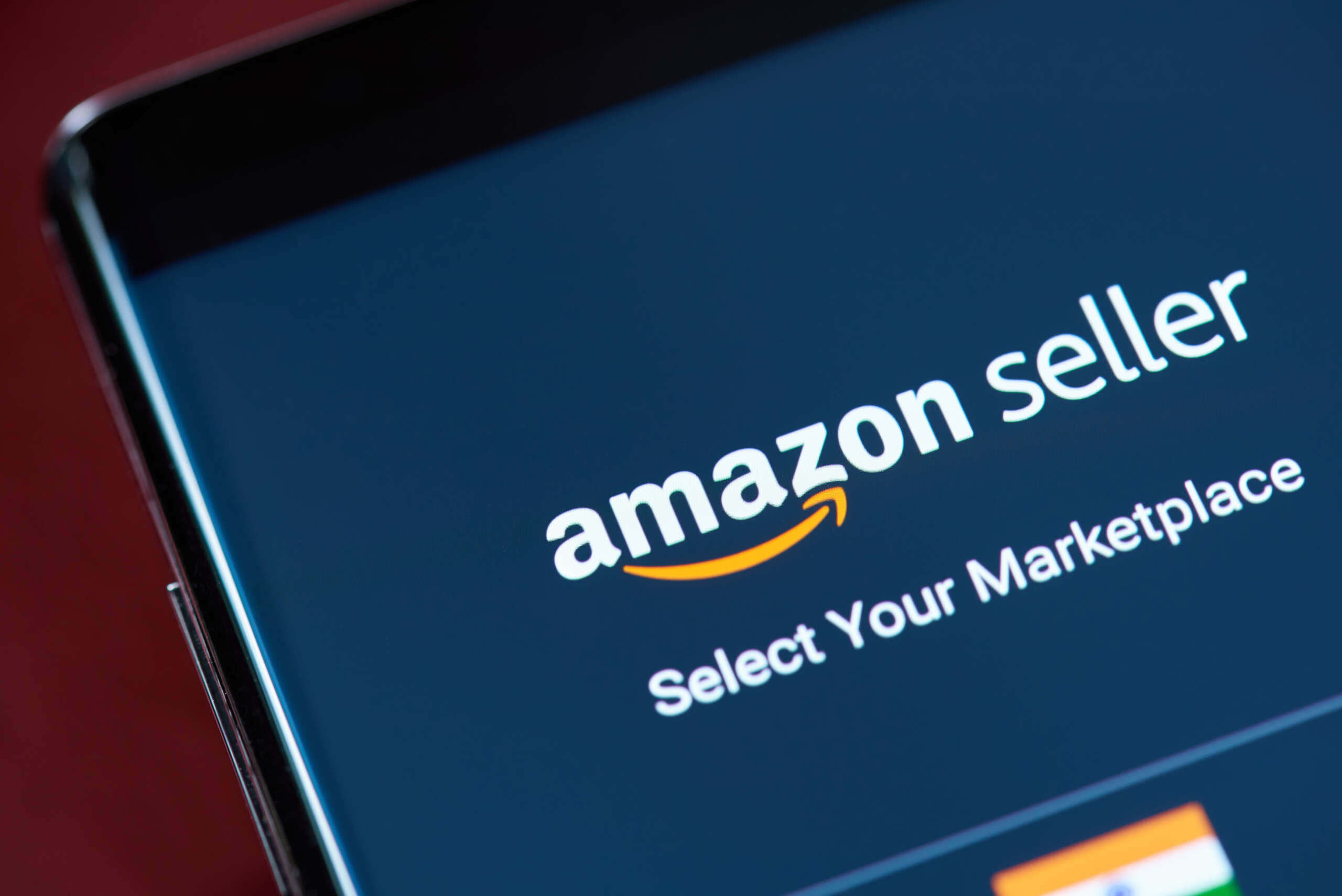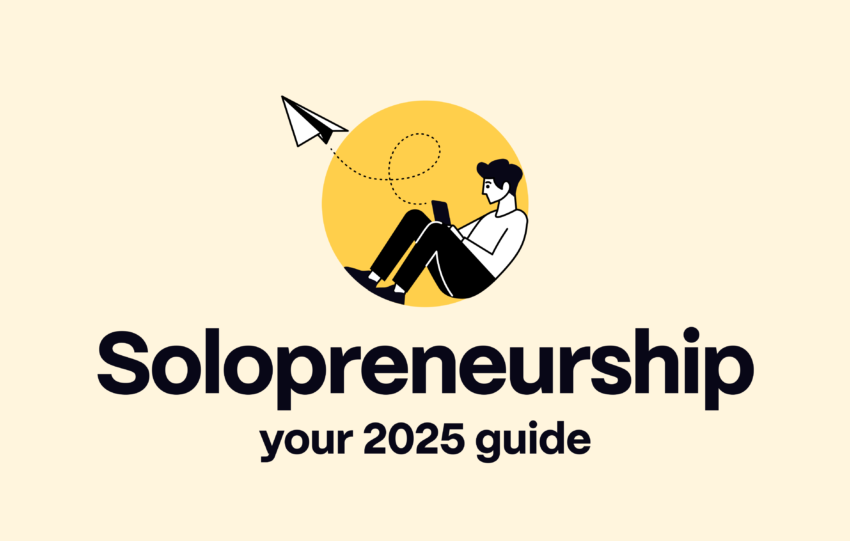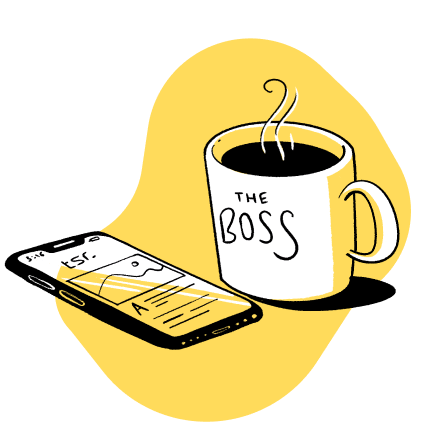Starting an Amazon Store: The Ultimate 2025 Guide for Beginners

Thinking about starting an Amazon store but not sure where to begin? You’re in the right place.
Selling on Amazon has become one of the most accessible and profitable ways to launch an online business, whether you’re building a side hustle or aiming for full-time income. With over 2 million active sellers and more than 300 million customers, the opportunity is massive. But to succeed, you need more than just a good product, you need a clear plan.
In this in-depth guide, we’ll walk you through exactly how to start an Amazon store in 2025, from choosing your business model to launching your first product and everything in between.
Step 1: Choose the Right Business Model
Before you open an Amazon store, it’s important to choose the business model that fits your goals, budget, and experience level. For insights from industry experts like beBOLD Digital – leaders in Amazon beauty marketing, here are the most common models for Amazon sellers:
Private Label
This is where you create your own branded version of an existing product. You work with a manufacturer (often through Alibaba or a similar platform), put your own logo and packaging on the product, and market it as your own. It offers the most control and scalability, but also requires more upfront investment.
Retail Arbitrage
With this model, you buy discounted items in local stores (like Walmart or Target) and resell them on Amazon for a profit. It’s a great low-risk entry point, but it’s harder to scale and often limited by inventory availability.
Wholesale
This involves buying bulk inventory from brand-name manufacturers or distributors and reselling it on Amazon. Margins can be slimmer, but there’s less work involved in product development or branding.
Dropshipping
Dropshipping on Amazon is technically allowed under certain conditions, but it’s not Amazon’s favorite model. You don’t hold inventory; instead, your supplier ships directly to the customer. It’s low cost but often leads to quality control and customer service issues.
Handmade
If you create your own products (such as jewelry, crafts, or home décor), you can apply to sell through Amazon Handmade. This model is ideal for artisans but usually operates on a smaller scale.
Step 2: Create an Amazon Seller Account
Once you’ve chosen your model, the next step is to sign up for an Amazon seller account.
Account Types
- Individual Plan: No monthly fee, but you’ll pay $0.99 per sale. Best for casual sellers.
- Professional Plan: $39.99/month, with additional tools and features. Required if you plan to sell more than 40 items per month or use Amazon advertising.
What You’ll Need to Register:
- A business email address
- A credit card that can be charged internationally
- Government-issued ID (passport or driver’s license)
- Tax information (Social Security Number or EIN)
- A bank account for receiving deposits
The verification process can take a few days, so be sure your documents are up to date.
Step 3: Find a Profitable Product to Sell
This is the most critical part of starting your Amazon store. Without the right product, even the best marketing can fall flat. Your goal is to find a product that people want, that isn’t overly saturated, and that offers enough margin to turn a profit.
What to Look for:
- Demand: Use tools like Jungle Scout, Helium 10, or Amazon’s Best Seller list to identify what’s selling.
- Competition: Look at how many reviews top products in the niche have. If they all have thousands, it may be too competitive.
- Margins: After Amazon fees, shipping, and product costs, aim for at least 30% profit.
- Size and Weight: Smaller, lighter products are cheaper to store and ship.
- Seasonality: Look for products that sell year-round, not just during holidays.
Pro Tip:
Avoid complicated electronics or anything with safety regulations when you’re just starting. Focus on simple, everyday items where you can easily add value or improve the experience for buyers.
Step 4: Source Your Product
Once you’ve validated your product idea, it’s time to find a supplier.
Common Options:
- Alibaba.com: Great for private label and manufacturing. Be sure to vet suppliers, request samples, and negotiate MOQs (minimum order quantities).
- Local Wholesalers: Useful for faster shipping and better communication. Ideal for wholesale or branded product reselling.
- Print-on-Demand: If you’re selling shirts, mugs, or other customizable items, companies like Printful or Printify can fulfill on-demand orders.
Make sure to order samples and perform quality checks before placing a bulk order. Poor quality can tank your Amazon reviews and kill momentum before you even start.
Step 5: Create a High-Converting Product Listing
Your Amazon listing is your online storefront. It needs to be optimized for both search and conversion.
Key Listing Elements:
- Title: Use relevant keywords naturally. Focus on the product’s key benefit and features.
- Bullet Points: Highlight the main features and how they help the customer.
- Description: Use persuasive language, answer common questions, and include SEO keywords.
- Images: Use high-quality photos that show the product from different angles. Lifestyle images work especially well.
- Backend Keywords: Fill in Amazon’s search terms field with relevant keywords not already used in your listing.
SEO Tip:
Use keyword research tools to identify what customers are searching for and include those terms strategically in your title, bullets, and backend fields.
Step 6: Choose Fulfillment Method (FBA vs. FBM)
When it comes to order fulfillment, Amazon gives you two options:
Fulfillment by Amazon (FBA)
You send your inventory to Amazon’s warehouse, and they handle picking, packing, shipping, and customer service. FBA gives your products Prime eligibility and increases trust with buyers.
FBA is ideal for most sellers and is especially useful if you want a hands-off logistics experience.
Fulfillment by Merchant (FBM)
You store your own inventory and handle shipping. This can be cheaper if you have low volume or bulky items, but it requires more work and generally reduces Prime visibility.
Step 7: Launch and Promote Your Product
Your product is live. Now it’s time to drive traffic and build momentum. A strong launch can help you rank higher in Amazon search results and increase your chances of long-term success.
Launch Strategies:
- Amazon PPC (pay-per-click): Run ads to get your first sales and reviews. Partnering with an experienced Amazon PPC agency can make all the difference in optimizing your spend and scaling quickly”
- Discounts or coupons: Offer launch deals to drive traffic and improve conversion.
- External traffic: Use social media, influencer partnerships, and email marketing to bring in off-Amazon traffic.
- Ask for reviews: Use Amazon’s Request a Review feature or packaging inserts (within Amazon’s TOS) to encourage early reviews.
Launching without a plan often results in your listing getting buried. The first few weeks are critical; treat them like a campaign, not just a product upload.
How Much Does It Cost to Start an Amazon Store?
Here’s a basic breakdown of startup costs for a private label or FBA seller:
| Category | Estimated Cost Range |
|---|---|
| Amazon Seller Plan | $39.99/month |
| Product Samples | $50 – $200 |
| Initial Inventory | $500 – $2,500+ |
| Logo and Branding | $50 – $300 |
| Photography/Listing Design | $100 – $500 |
| Amazon Advertising (PPC) | $100 – $500+ |
| Miscellaneous Tools (e.g., Jungle Scout, Helium 10) | $50 – $100/month |
| Total Estimate | $800 to $4,000+ |
You can start lean, but having $1,500 to $3,000 gives you more flexibility and a better chance at success.
Final Tips for Starting an Amazon Store
- Start with one product: Focus your energy and budget on getting one product right before expanding.
- Focus on quality and service: Your reputation is everything. Respond to customers and fix issues quickly.
- Learn and adapt: Amazon is always changing. Stay updated with best practices and seller forums.
- Track your numbers: Use Amazon Seller Central analytics and third-party tools to measure profit, conversion, and ad performance.
Final Thoughts
Starting an Amazon store in 2025 is still one of the most powerful ways to build a product-based business online. While competition is real, so is the opportunity, especially if you approach it like a real business, not a get-rich-quick scheme.
Take the time to research, launch thoughtfully, and continually optimize. With the right mindset and execution, your Amazon store can become a sustainable source of income and freedom.
FAQs About Starting an Amazon Store
1. Can anyone start an Amazon store?
Yes, as long as you meet the basic requirements and pass identity verification, anyone can register as a seller.
2. Do I need a business license to sell on Amazon?
Not necessarily for an individual account, but having a business structure like an LLC offers legal and tax advantages.
3. Is FBA better than FBM?
For most new sellers, yes. FBA saves time and increases conversion due to faster Prime shipping.
4. How much profit can I make?
Profit margins vary, but a well-run Amazon business can generate 20–40% net profit, depending on your product and costs.
5. How long does it take to become profitable?
With the right product and launch strategy, many sellers see their first profit within 3 to 6 months.
Business & Marketing Guides
Gross Profit Formula Explained
Understand the essential formula to calculate and maximize your business profits.
🚀Low-Cost Business Ideas with High Profit
Discover profitable business ideas that require minimal investment.
📈Marketing Strategies to Boost Productivity
Learn marketing techniques that can enhance efficiency and drive business growth.






